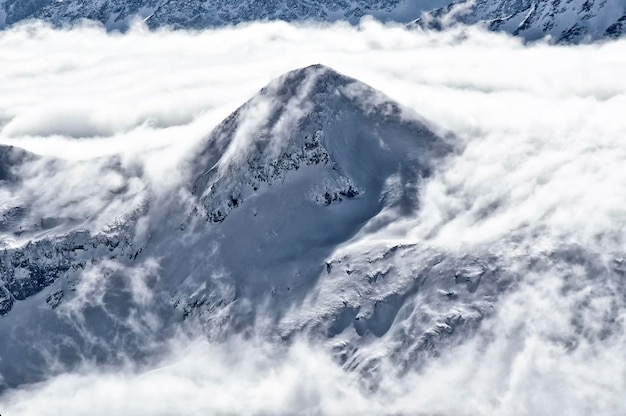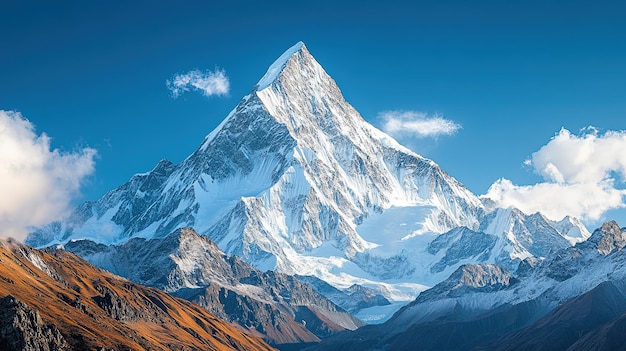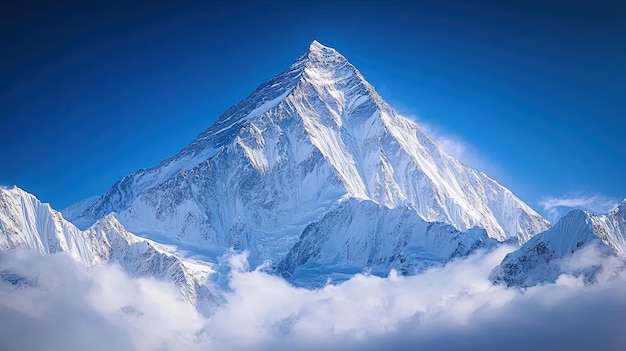K2 Weather Survival Guide: How to Handle Sudden Storms and Extreme Cold
How to Handle Sudden Storms? K2 is not just one of the highest mountains in the world—it’s also one of the most dangerous. Known for its brutal weather, sudden storms, and temperatures that can plunge far below freezing, surviving on K2 requires more than just technical climbing skill. In this K2 Weather Survival Guide: How to Handle Sudden Storms and Extreme Cold, we’ll explore the mountain’s unpredictable weather, share survival strategies, and help you plan safer summit pushes.
K2 Weather Survival Guide: How to Handle Sudden Storms and Extreme Cold
Understanding K2’s Unpredictable Weather Patterns
How to Handle Sudden Storms, K2, standing tall at 8,611 meters (28,251 ft), is infamous for its volatile weather. Unlike Everest, where weather windows are more predictable, K2 can go from clear skies to violent blizzards in a matter of hours. Climbers face:
- Sudden Snowstorms: These can drop visibility to near zero and bury camps in snow within hours.
- Extreme Cold: Temperatures can fall to -40°C (-40°F) at higher elevations.
- High Wind Speeds: Wind gusts often exceed 100 km/h (62 mph), making progress or even standing difficult.
- Rapid Weather Shifts: K2’s location near the Karakoram Range means it catches both the monsoon influence and high-altitude jet streams.
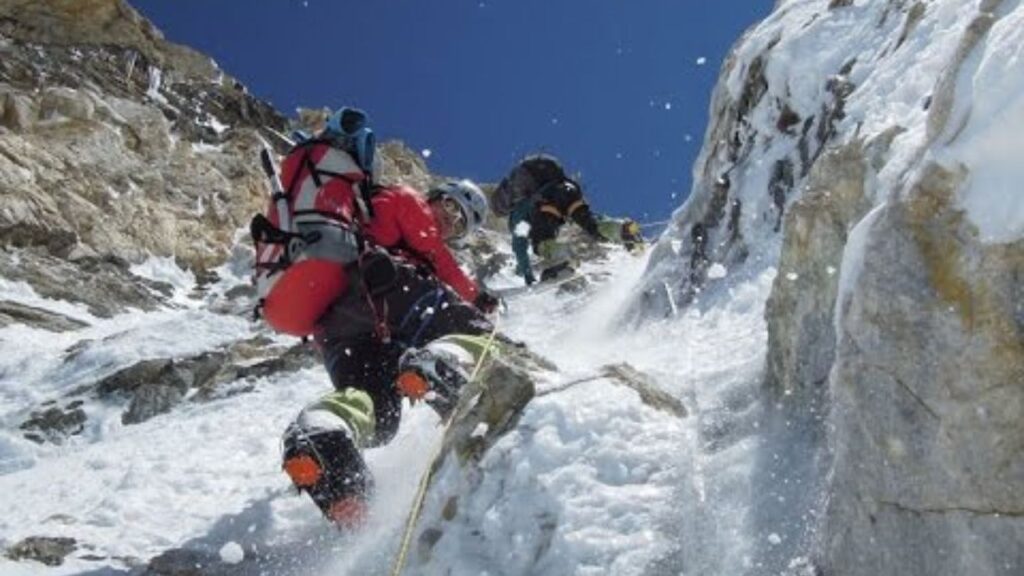
Forecasts are notoriously unreliable, and climbers must be prepared for changes even within a few hours. It’s critical to plan each movement on the mountain with a margin for weather variation.
Tips for Surviving Snowstorms on K2
How to Handle Sudden Storms, Snowstorms on K2 can be life-threatening. Here are key survival strategies:
- Shelter is Everything: During storms, your tent is your lifeline. Always double-check its anchoring and structure before sleeping.
- Don’t Move in Whiteouts: Navigation is nearly impossible in a blizzard. Stay in place to avoid falling into crevasses or off ridgelines.
- Stay Dry: Wet clothing in sub-zero conditions can quickly lead to hypothermia. Use waterproof layers and change out of damp gear immediately.
- Conserve Energy: Avoid unnecessary movement. Eat high-calorie snacks and hydrate often to maintain body heat.
- Know Snow Accumulation Risks: Heavy snowfall increases avalanche danger. Avoid steep slopes and stay informed on snowpack stability.
Climbers should have storm plans built into their expedition strategy, including extra food, fuel, and time for waiting out bad weather.
How to Handle Sub-Zero Temperatures
How to Handle Sudden Storms and The cold on K2 is brutal, especially above Camp 3? Even in summer, summit temperatures can be colder than -30°C (-22°F). Here’s how to manage:
- Layer Properly: Use the 3-layer system: base (moisture-wicking), insulation (down or synthetic), and shell (wind/waterproof).
- Protect Extremities: Frostbite most often hits fingers, toes, and your nose. Use mittens instead of gloves, and always wear insulated boots.
- Sleep Warm: Use a high-quality -40°C-rated sleeping bag. Line it with a bivy sack for extra insulation.
- Watch for Frostbite and Hypothermia: Symptoms include numbness, slurred speech, and shivering. Treat early; delay can mean losing digits.
- Eat and Hydrate Well: Warm drinks and calorie-dense food help your body generate heat.
For more cold survival advice and How to Handle Sudden Storms the American Alpine Institute offers useful resources for high-altitude climbers.
Wind Speeds Over 100 km/h: What You Need to Know
K2’s notorious high-altitude winds can destroy tents, blow climbers off ridges, and make progress impossible. How to Handle Sudden Storms and here’s how to mitigate wind risks:
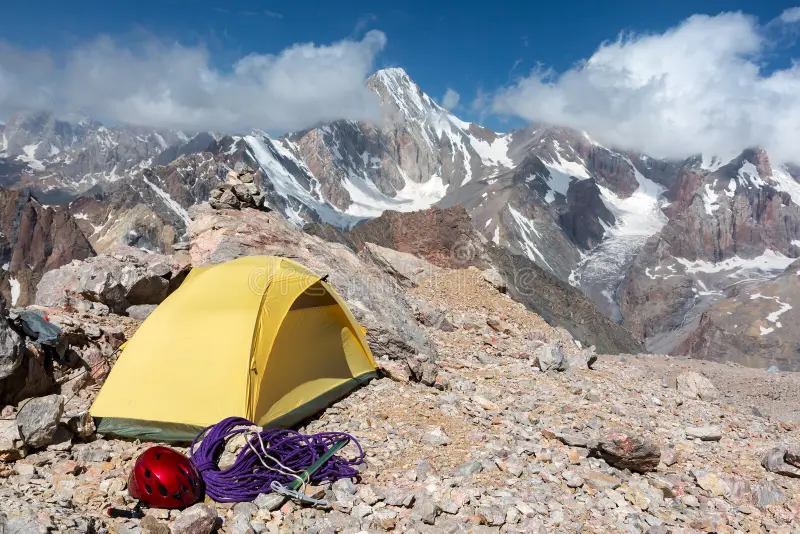
- Secure Camps Thoroughly: Use snow anchors and double tie guylines. Test your setup in lower camps before relying on it higher.
- Wind Forecast Awareness: Use satellite internet or radio to get daily wind forecasts. Apps like Windy and Mountain-Forecast.com can provide updates.
- Climb During Lulls: Plan summit pushes for days with the lowest predicted wind speeds. Waiting an extra day can be life-saving.
- Build Wind Walls: If possible, stack snow or rocks around tents to create wind barriers.
Remember, high wind chill drastically increases the risk of frostbite and exhaustion.
Reading Weather Forecasts and Planning Summit Pushes
Even though K2 weather forecasts can change quickly, staying updated is still vital. Here’s how to make them work for you:
- Use Multiple Sources: Combine information from Mountain-Forecast.com, satellite images, and real-time data from base camp.
- Understand Altitude Differences: Forecasts vary for each camp elevation. Conditions at Camp 1 may differ greatly from the summit.
- Look for Stable Patterns: A window of 3+ calm days is ideal for summit bids. Sudden pressure drops often precede storms.
- Communicate with Base Camp: Teams there often have access to better data and can advise on timing.
- Plan Turnaround Times: Always have a strict cutoff time for summit day. Weather can shift fast, and descending in storms is deadly.
Integrate daily forecast checks into your expedition routine to make data-driven decisions.
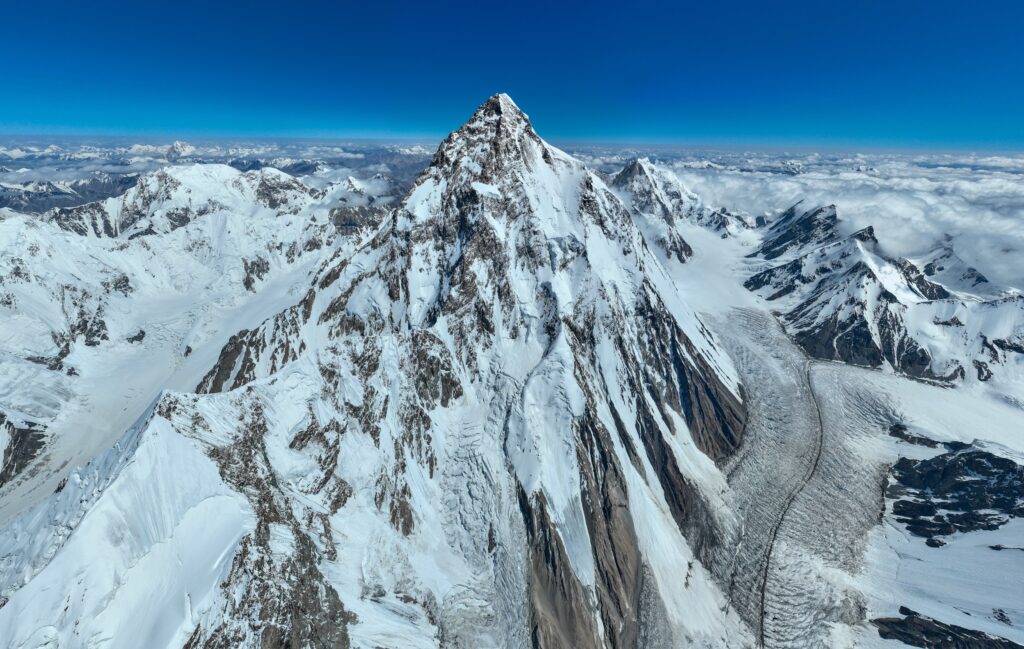
Final Thoughts
In the K2 Weather Survival Guide: How to Handle Sudden Storms and Extreme Cold, we’ve explored the harsh realities of climbing one of the world’s deadliest peaks. Whether it’s snowstorms, sub-zero cold, or hurricane-force winds, surviving on K2 requires preparation, vigilance, and respect for the mountain.
Remember to constantly monitor forecasts, build buffer days into your schedule, and never underestimate K2’s capacity to change in minutes. With the right gear, smart decision-making, and proper training, you increase your odds of both summiting and surviving.
For more tips and safety resources and How to Handle Sudden Storms, visit k2karakoram.com regularly and stay updated on Karakoram expedition planning.
FAQs
- How bad does the weather get on K2?
K2 often sees sudden snowstorms, -40°C temperatures, and winds over 100 km/h. - How can I survive a storm on K2?
Stay sheltered, conserve energy, avoid movement in whiteouts, and keep warm and dry. - What gear is essential for extreme cold on K2?
Layered clothing, down sleeping bags, mittens, and insulated boots are crucial. - Can weather forecasts be trusted on K2?
They help but can be unreliable; always plan with extra caution and updated data. - When is the best weather window for summiting K2?
Typically late July to early August offers brief windows of stable conditions.

